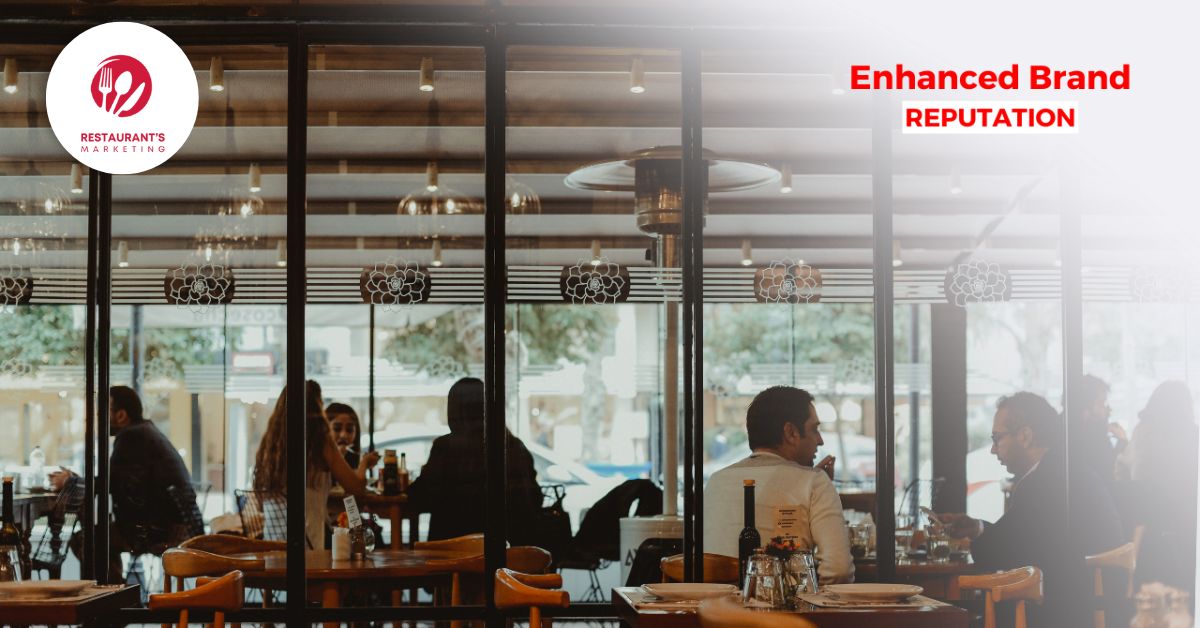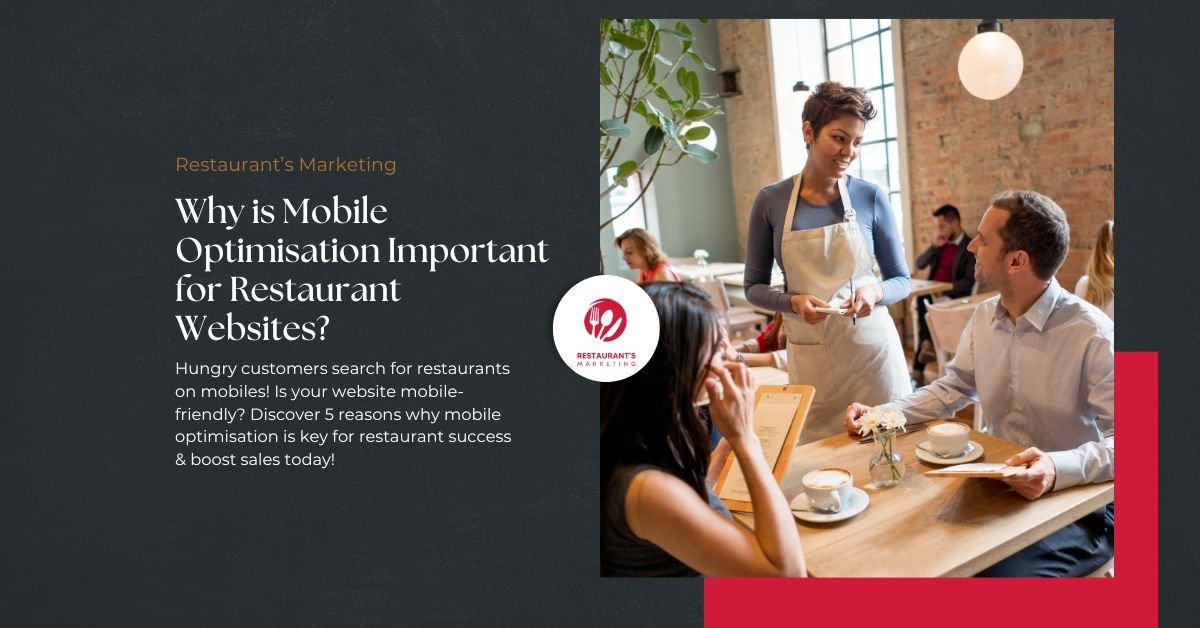Are you tired of using your phone to quickly browse restaurant websites in an attempt to find somewhere to dine, only to have a terrible user experience?
Mobile devices account for more than 60% of restaurant searches. It is now not only a good idea but a must for success in the restaurant industry to have a mobile-friendly website since an increasing number of potential customers use their smartphones to find dining options.
However, why is mobile website optimisation so important for restaurants? Imagine this: a hungry customer, on the run and in need of food, takes out their phone to look up restaurants in the area.
They’ll probably experience a complicated, annoying interface if your website isn’t optimised for mobile browsing, which can push them right into the arms of your competitors.
This blog aims to delve further into the importance of mobile optimisation for restaurant websites and explore how it can enhance the overall dining experience for both customers and restaurants.
Understanding Mobile Optimisation for Restaurant Websites
To offer the best possible viewing experience on a variety of mobile devices, including smartphones and tablets, your restaurant’s website must be designed and formatted with mobile optimisation in mind. This includes features like fast website loading speed, responsive design, and user-friendly navigation made especially for smaller screens.
5 Reasons Why Mobile Optimisation is Important
Here’s why a mobile optimisation should be at the top of your restaurant’s digital menu:
1. Mobile Users Dominate

Mobile users dominate the online dining scene because over 60% of restaurant searches take place on mobile devices. A significant number of potential customers who use their smartphones to discover and communicate with restaurants would be lost if mobile optimisation is ignored.
You can connect with a large number of hungry customers and increase traffic to your restaurant website by accommodating mobile users’ preferences.
2. First Impressions Matter

A potential customer’s initial point of contact with your restaurant is frequently its website. A website that is optimised for mobile makes a good first impression by projecting expertise and careful attention to detail.
By presenting your menu, ambience, and services in an easily accessible format, you can attract more customers’ interest and entice them to dine at your restaurant.
3. Boost Online Ordering and Reservations

Customers can easily reserve a table or make an order from their smartphones by streamlining the online ordering and reservation procedure with mobile optimisation.
Your restaurant’s revenue can be generated by increasing the chances that website visitors will become paying customers by providing easy-to-use solutions for mobile users.
4. Higher Search Engine Rankings

Websites that are optimised for mobile devices are ranked higher by search engines like Google. Your restaurant’s website will look better in search results if you optimise it for mobile devices. This will make it simpler for potential customers to find your restaurant.
5. Enhanced Brand Reputation

A professionally designed mobile website enhances the perception of your brand and professionalism. Offering excellent service across all platforms helps you gain the confidence and trust of prospective customers by emphasising that your restaurant is up-to-date, dependable, and deserving of their trust and support.
Frequently Asked Questions (FAQs)

Let's go over some frequently asked questions from restaurant owners about the importance of mobile optimisation for their restaurant website.
There are several options available, ranging from paying a web developer to construct a custom solution to using free website builders with mobile-friendly themes. The cost is determined by your budget and unique needs.
Track data like mobile traffic, bounce rates, and conversion rates by utilising tools like Google Analytics. You may learn more about how mobile users engage with your website and pinpoint areas where your mobile optimisation strategy needs to be improved by keeping an eye on these key performance indicators.
Choose a menu layout with distinct sections and user-friendly navigation that is simple to navigate on mobile devices. Avoid using PDF menus, which can be difficult to read and navigate on mobile devices.
Conclusion
We hope that this blog has helped you understand the importance of mobile optimisation for restaurant websites.
By embracing mobile-friendly design, you’re not only enhancing the user experience but also boosting your search engine visibility and attracting more diners to your establishment.
Access exclusive guidance for a path to success like our clients.
You’ll get the same guidance and support that we give to our clients.
Charo Mel Peters is a content specialist who specialises in creating thought-provoking blogs about restaurant marketing. Her main objective is to provide thorough answers and strategic insights to the pressing problems that restaurant owners frequently face.
Contact
- charo(at)restaurantsmarketing(dot)com(dot)au


